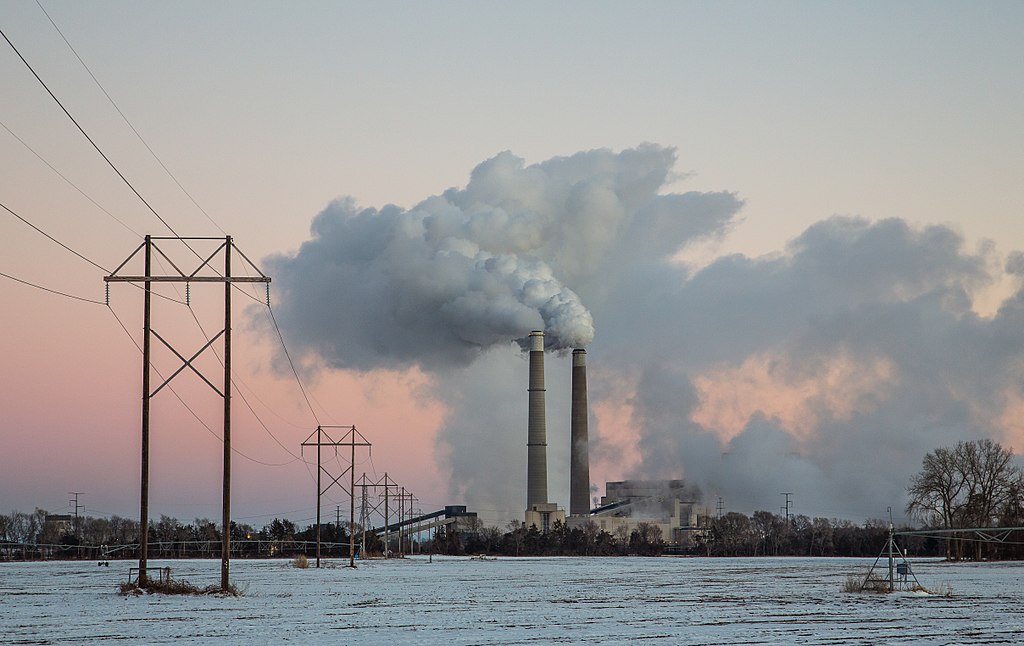
The article this accompanies is the third in an important series. The foundational analysis of the contributions of major carbon producers to atmospheric CO2 emissions and methane emissions was the first to appear (Heede 2014), followed by a rich and concrete analysis of the moral responsibilities of the major carbon producers in light of those contributions (Frumhoff et al. 2015). This third analysis not only refines the calculations of the contributions of major carbon producers to atmospheric CO2 and methane emissions but also expands the calculations to include the contributions of those same producers to global mean surface temperature and global sea level (Ekwurzel et al. 2017).
View this complete post...













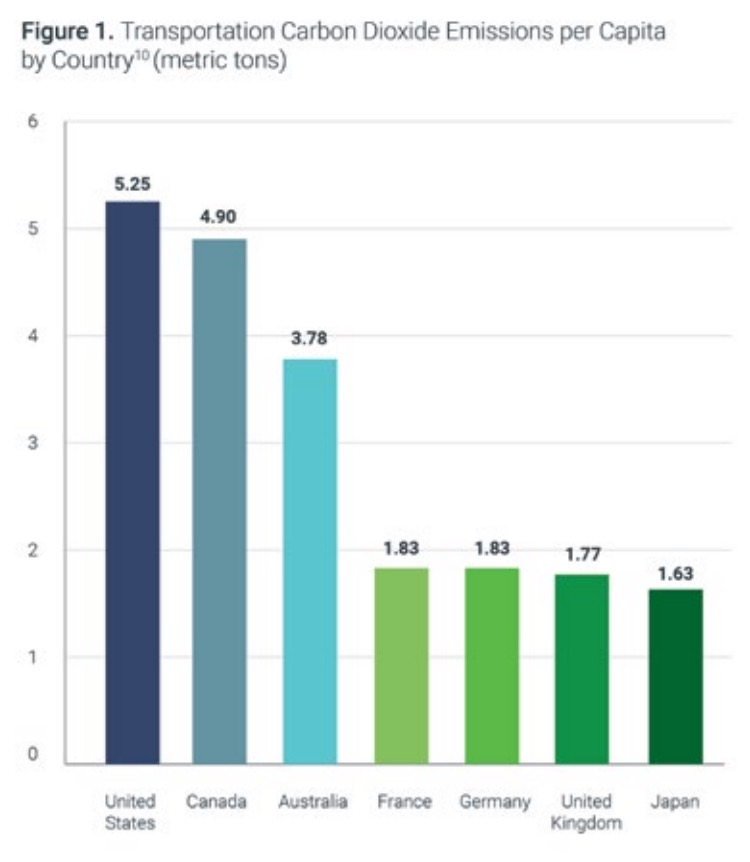
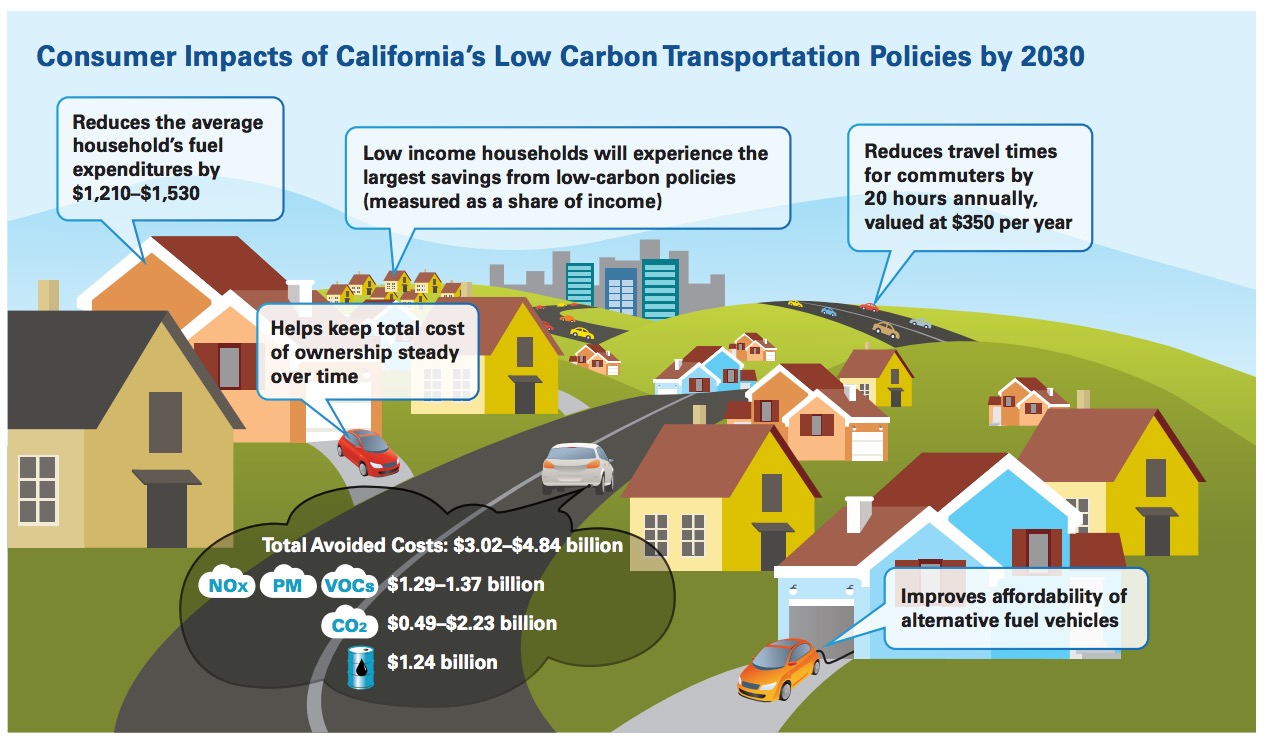
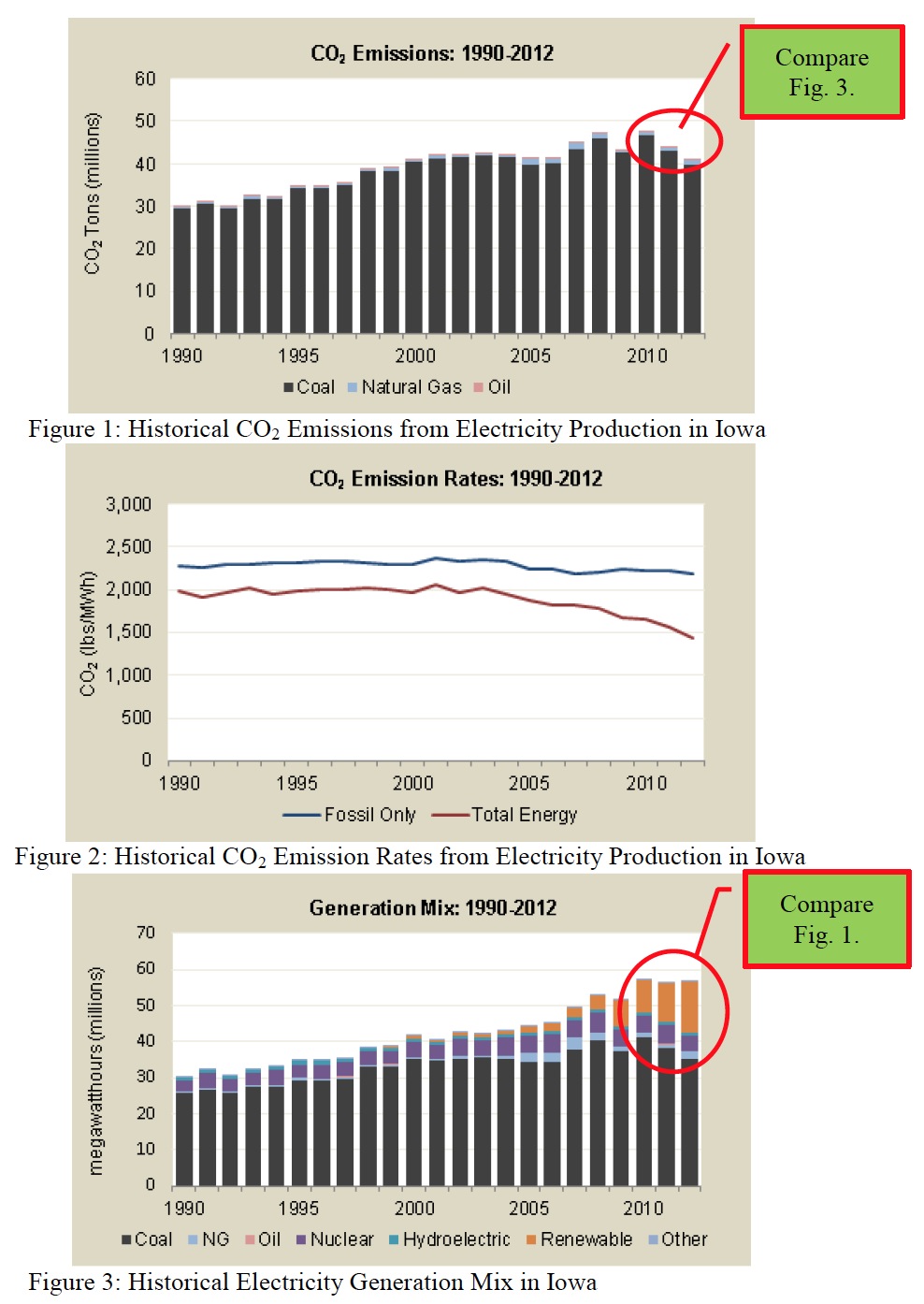

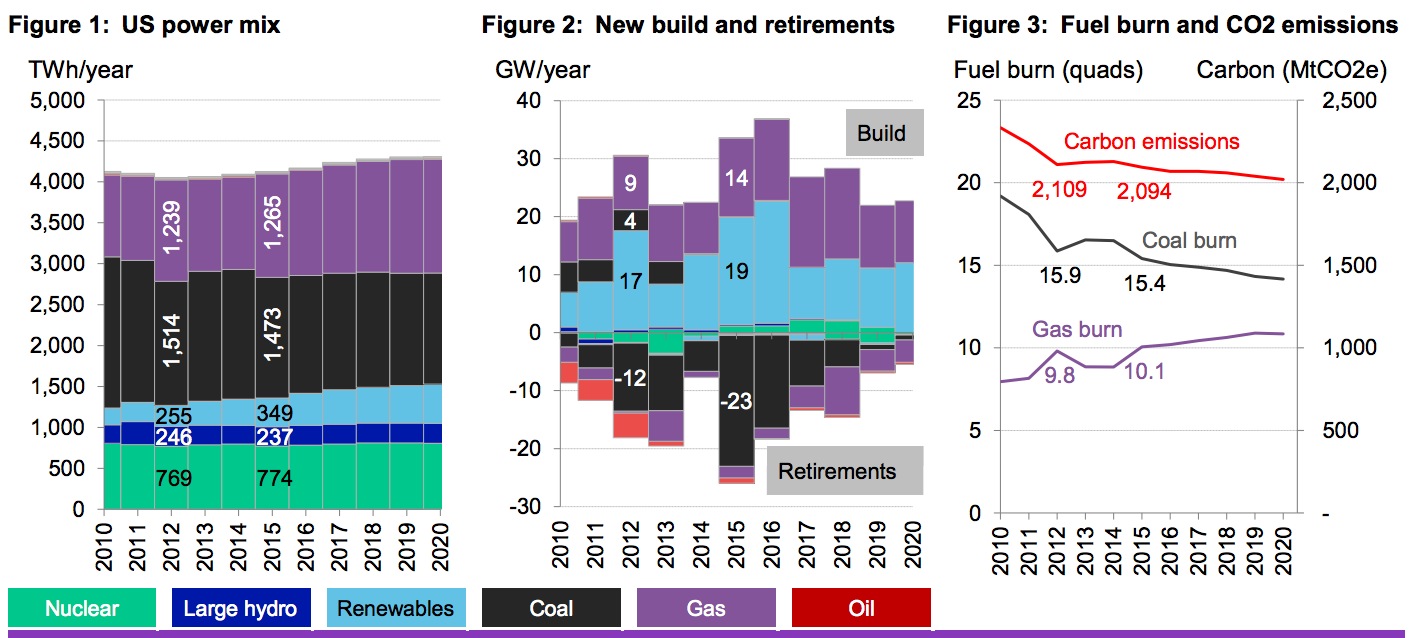

 RSS Feed
RSS Feed